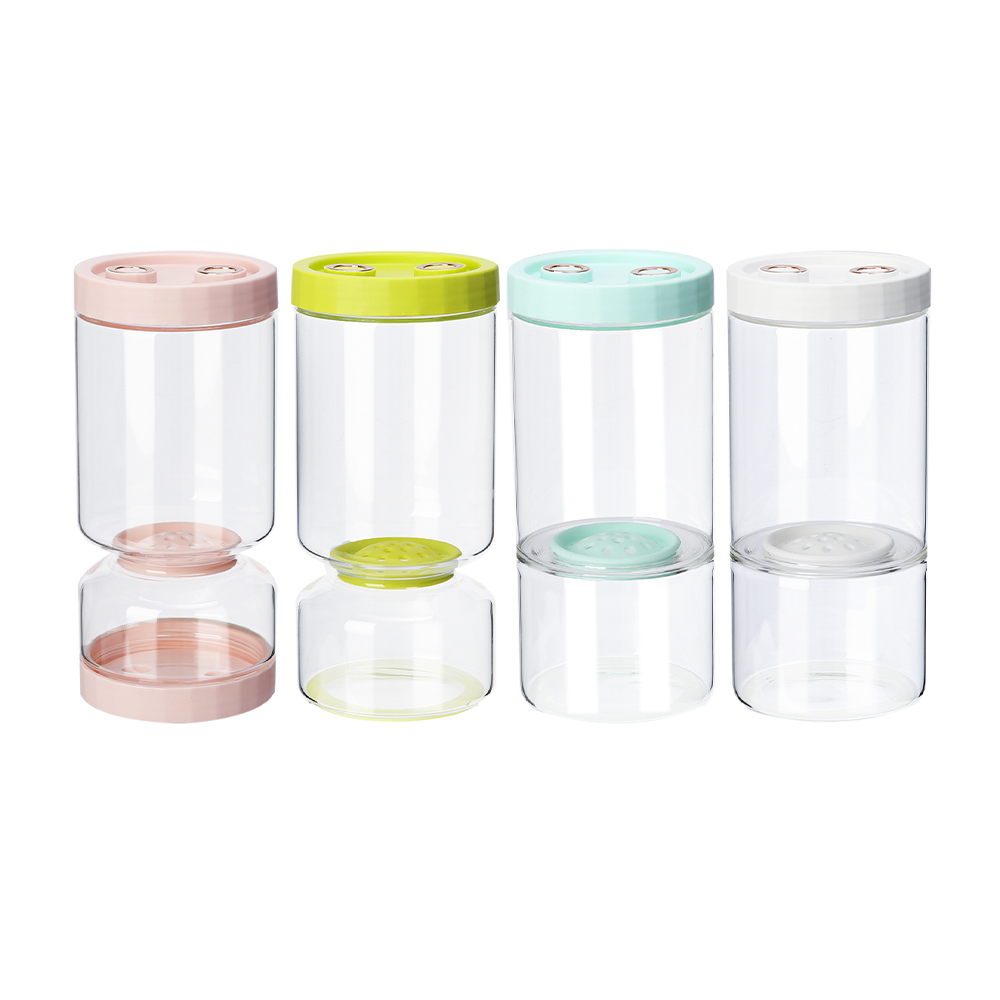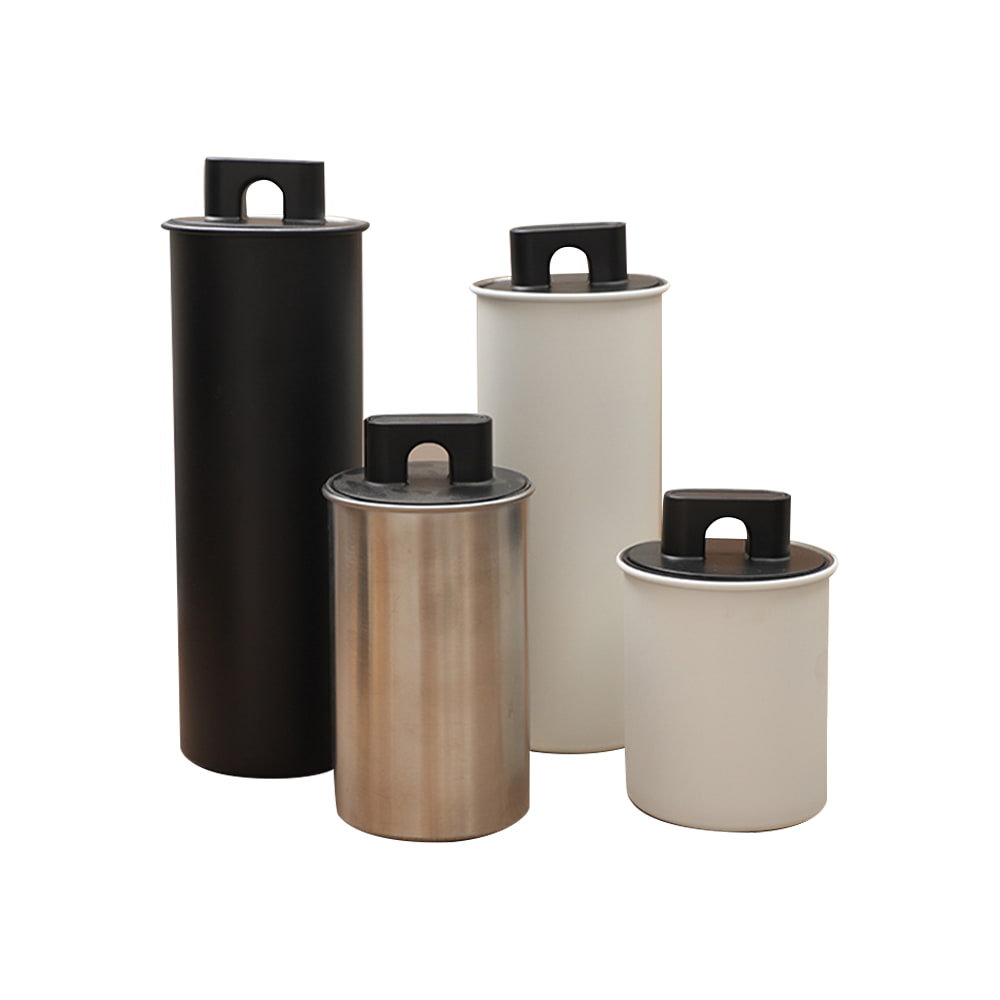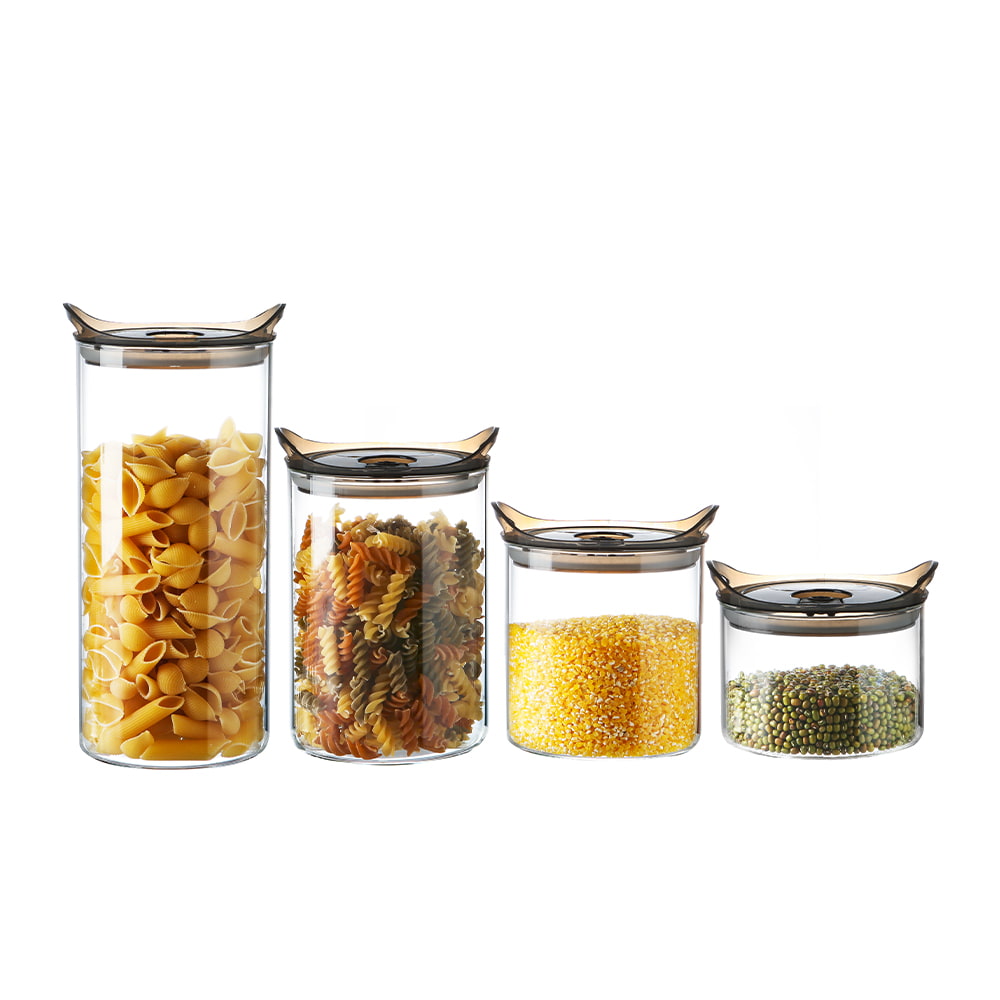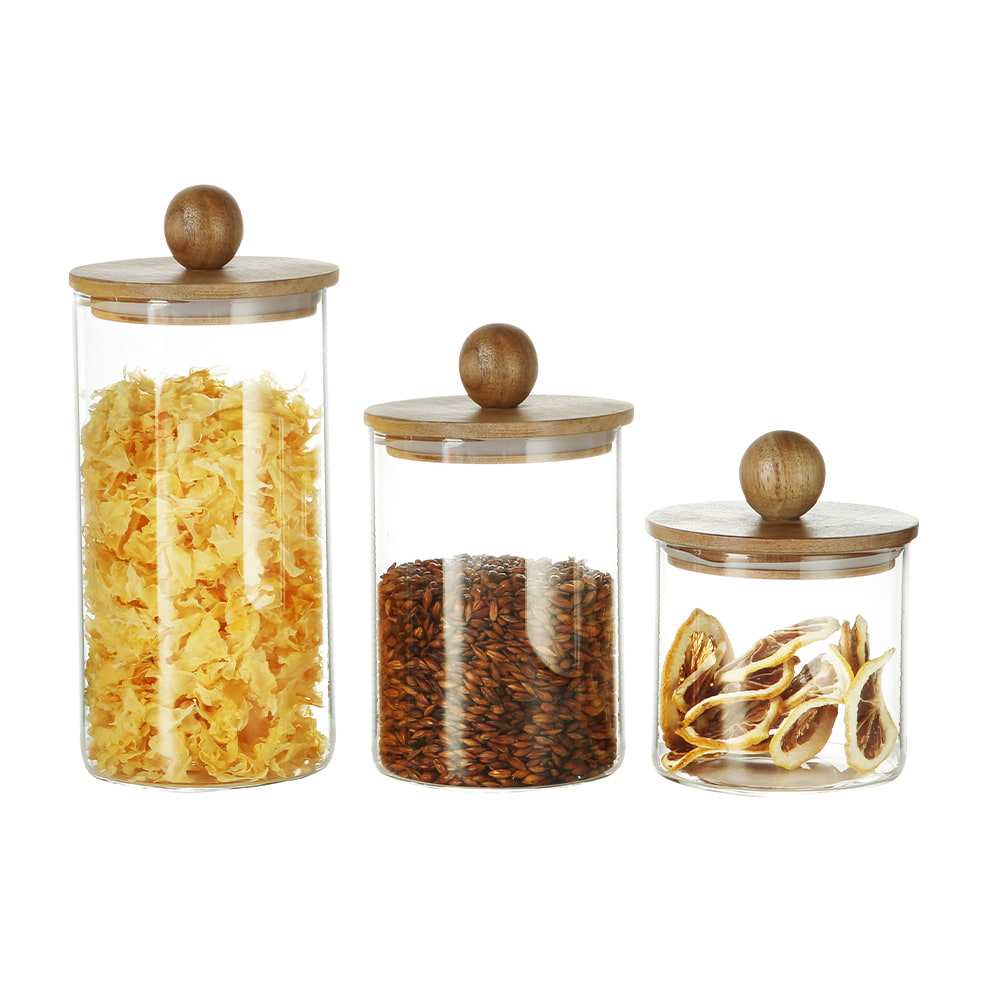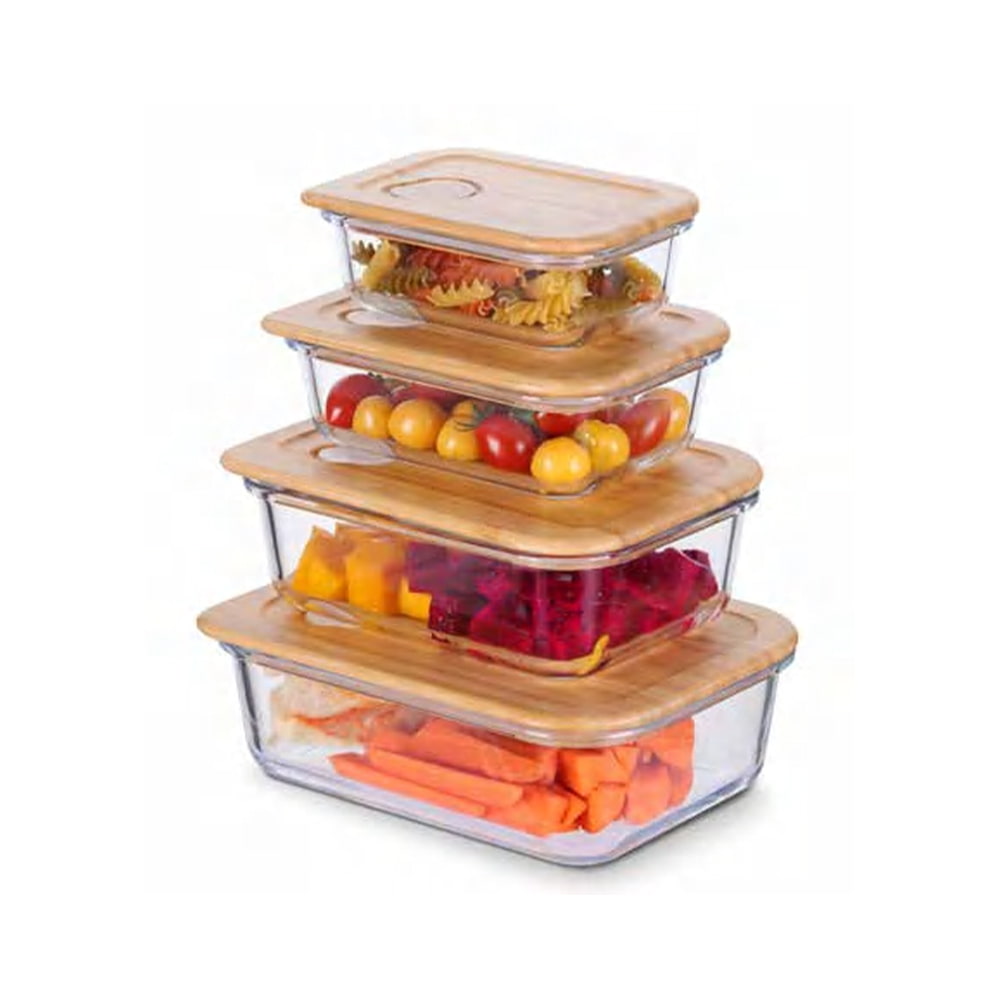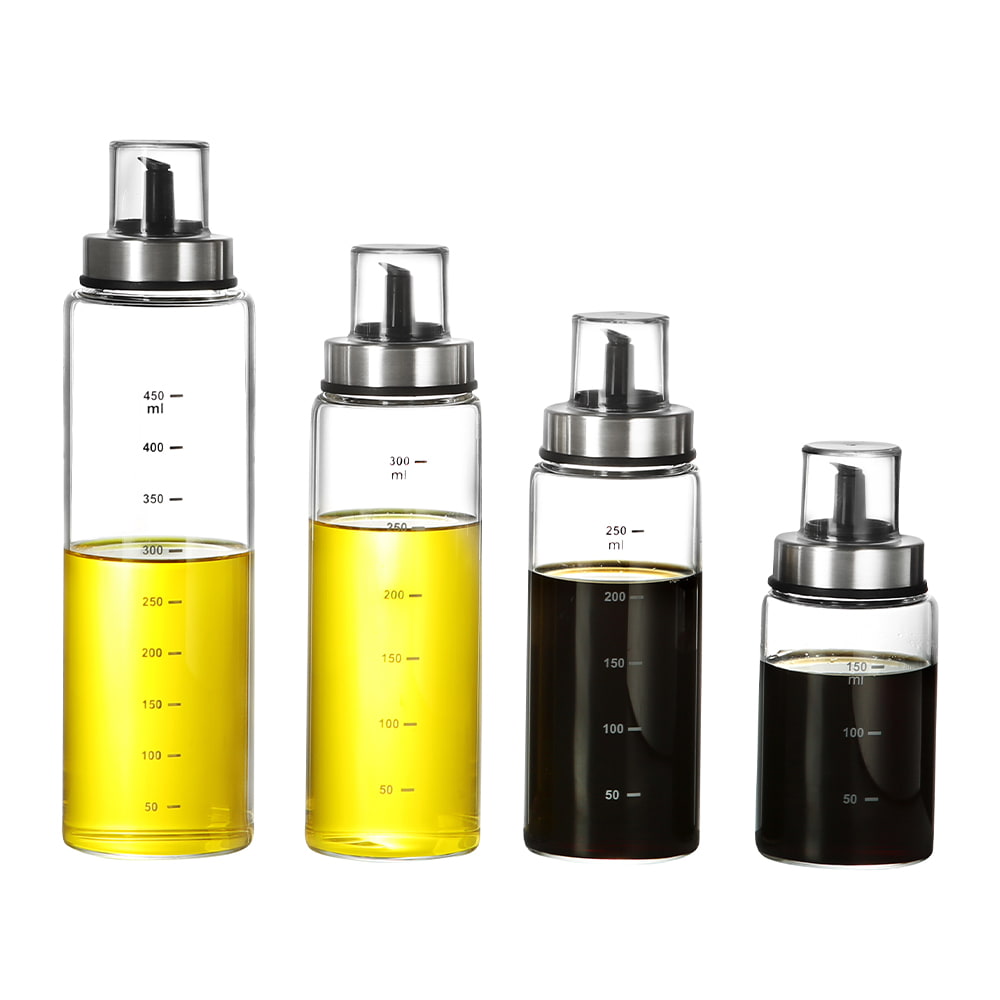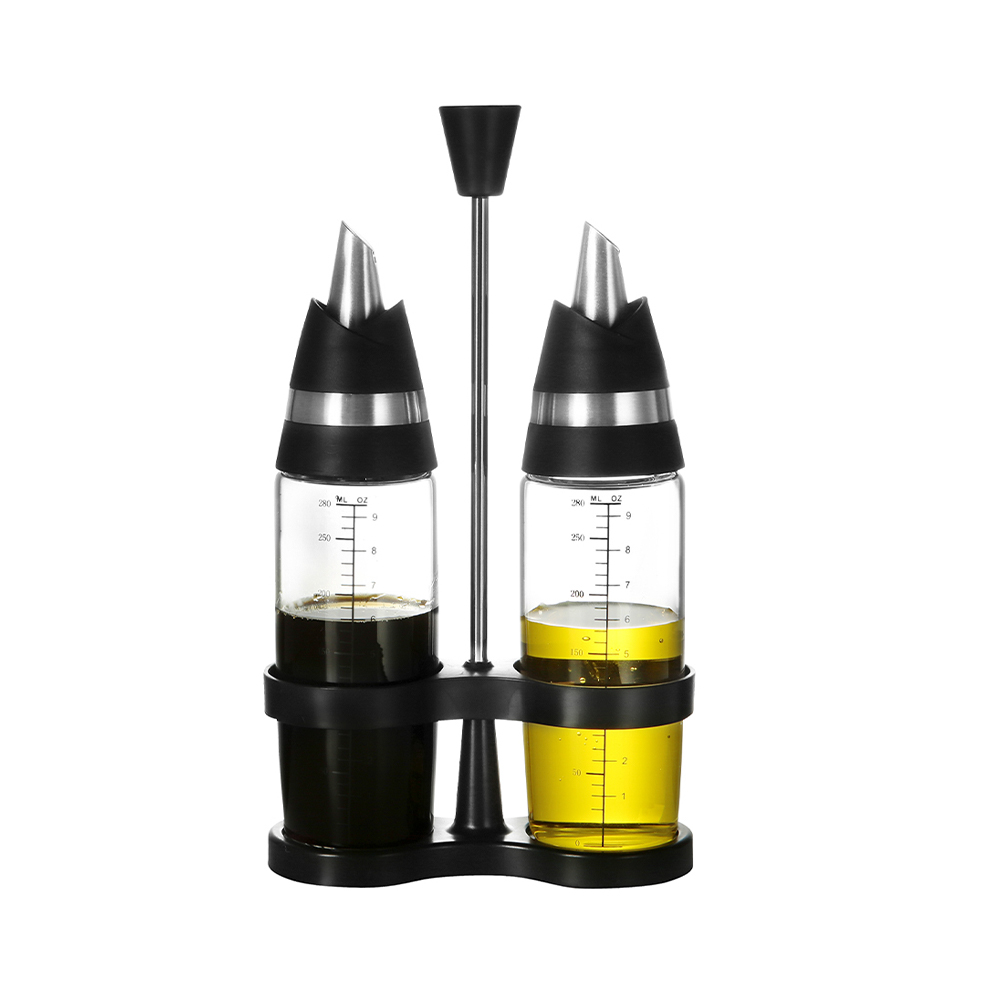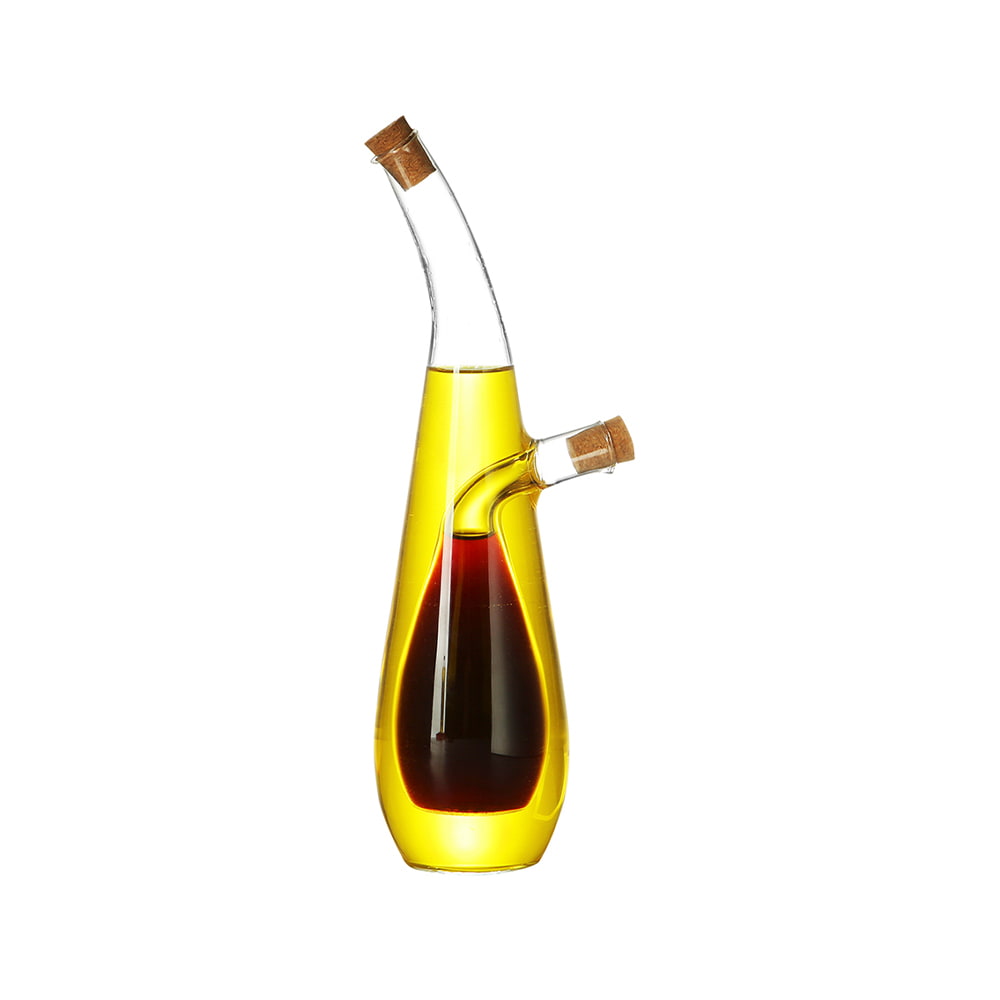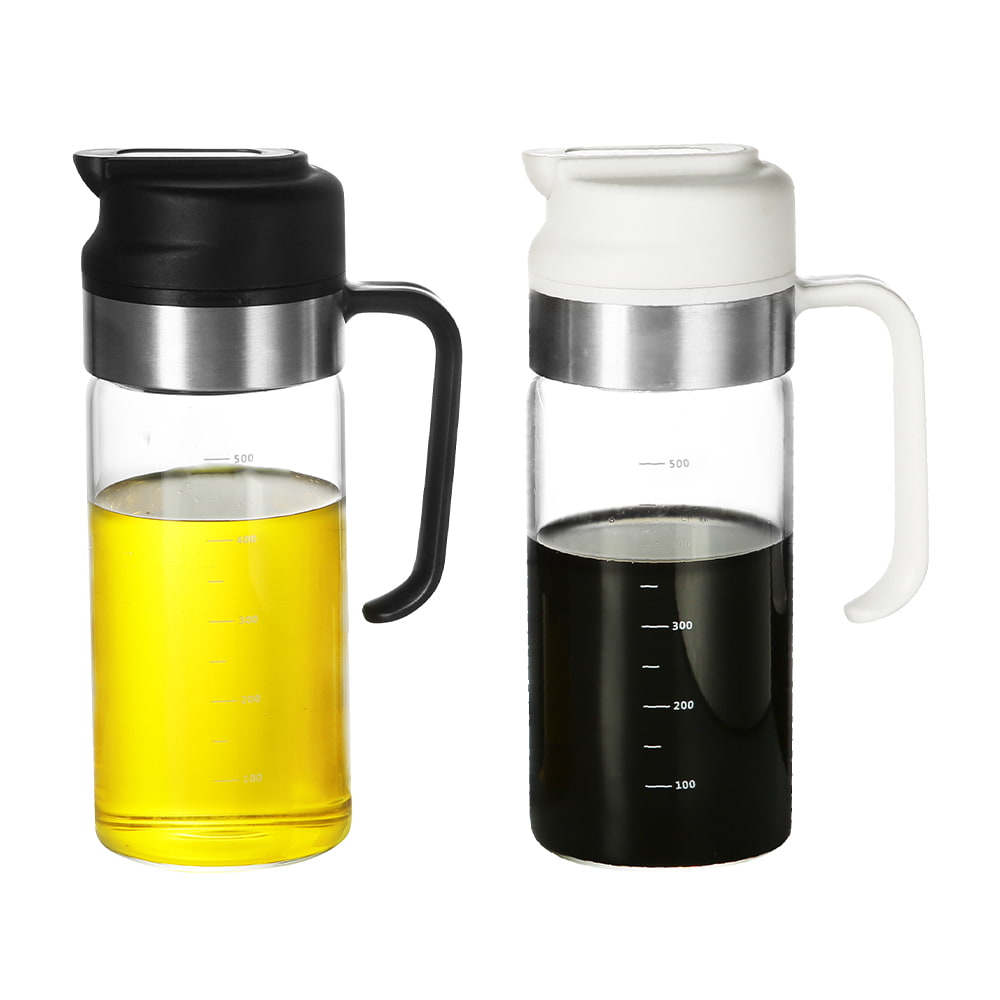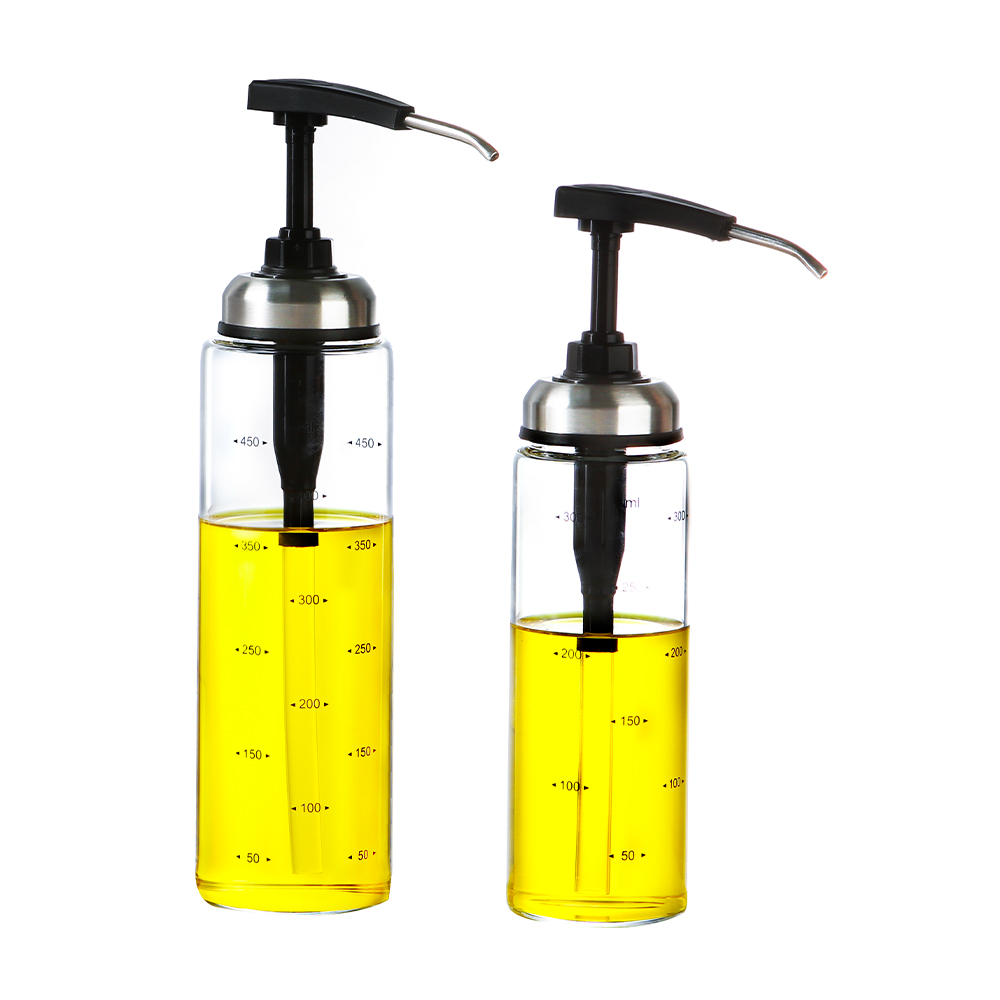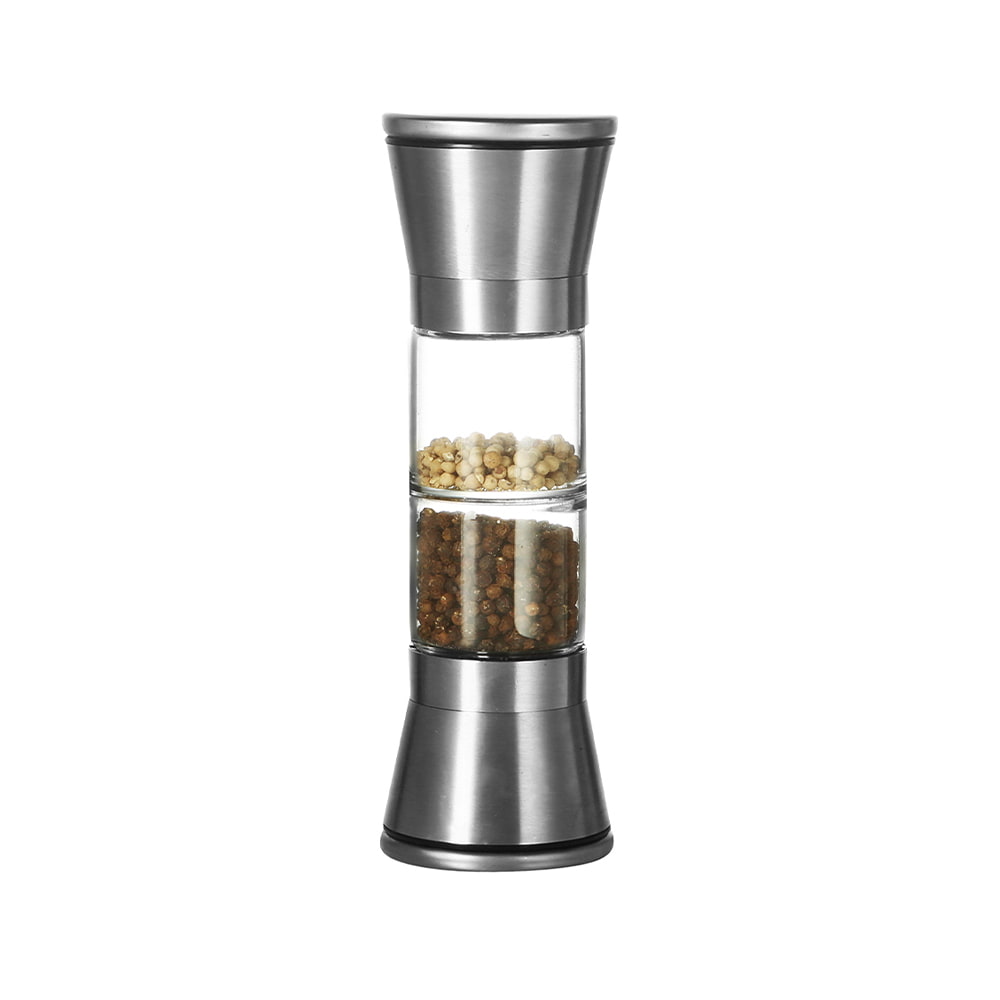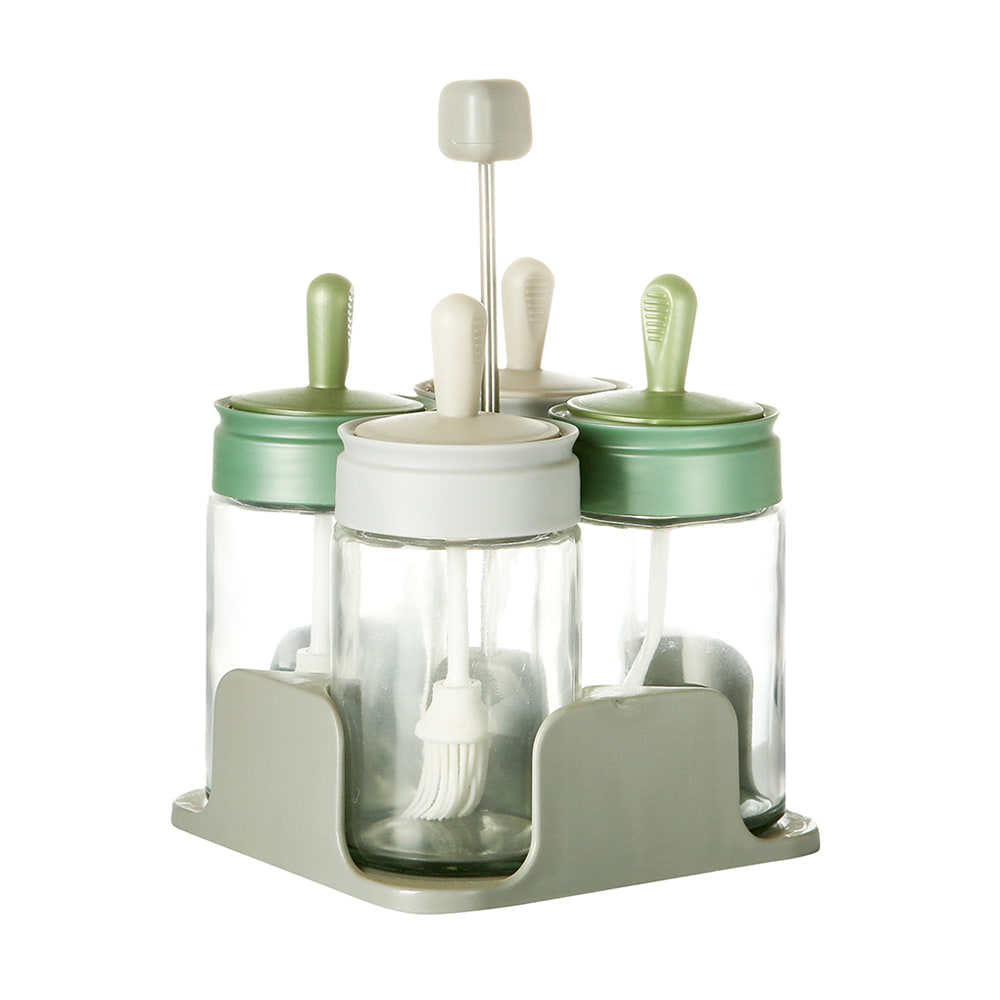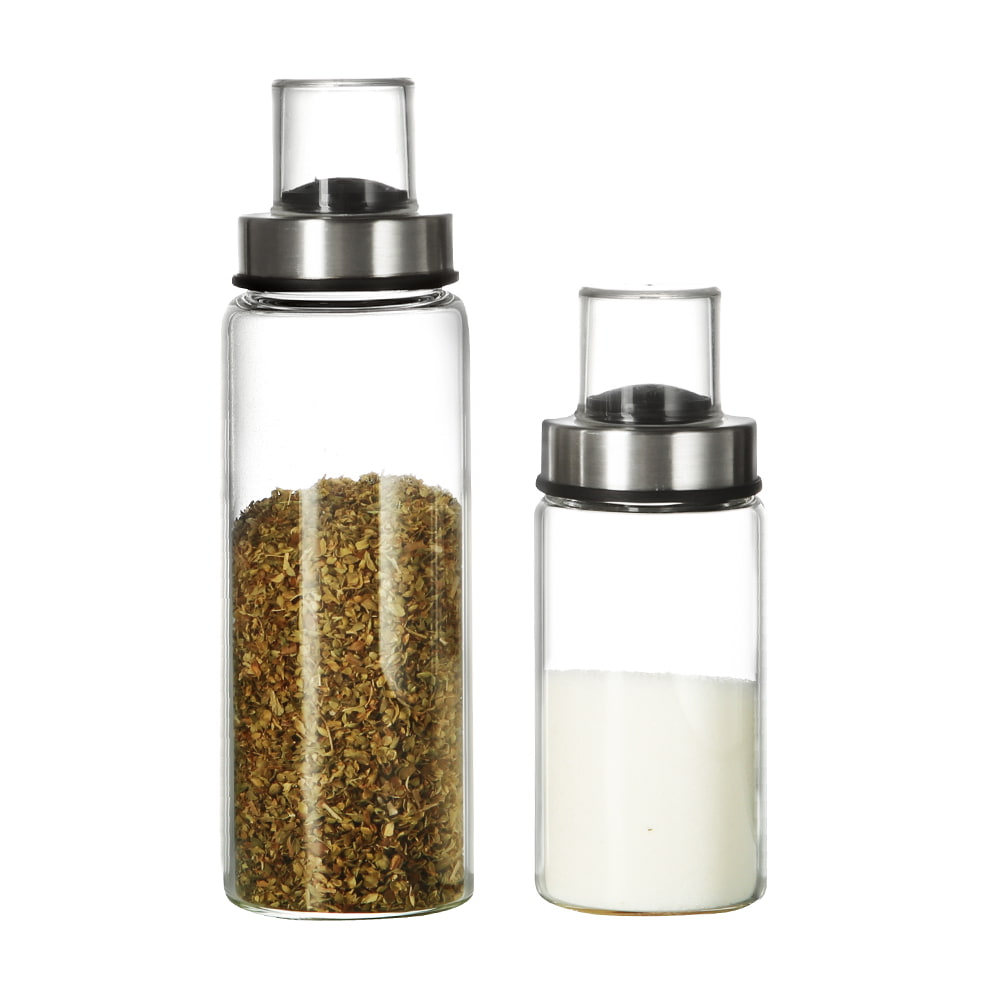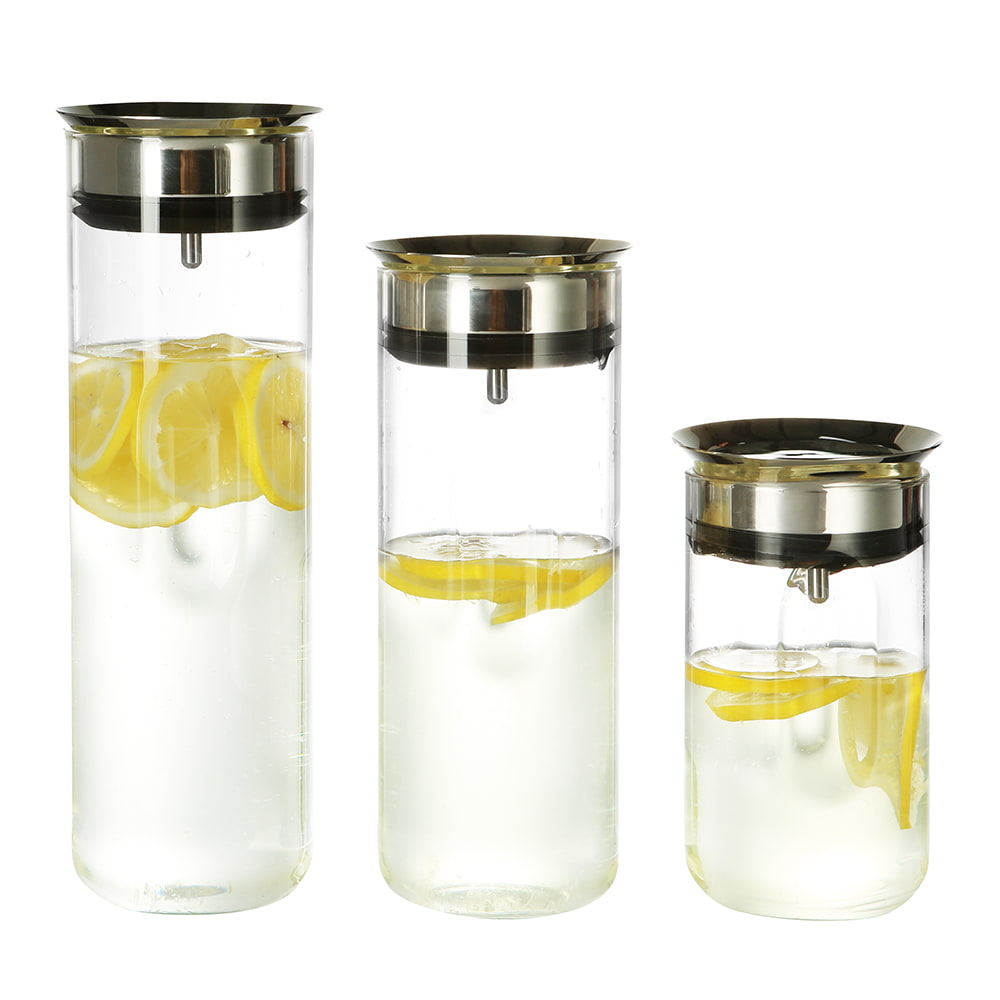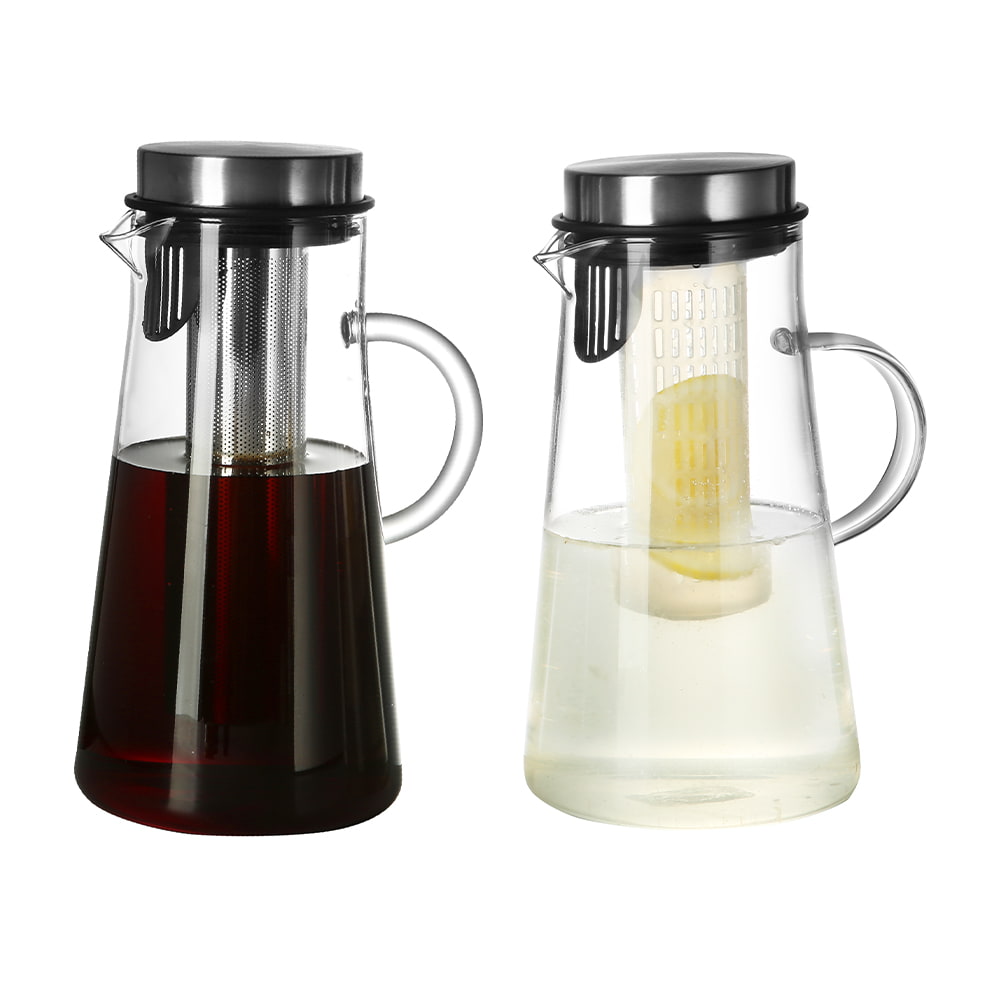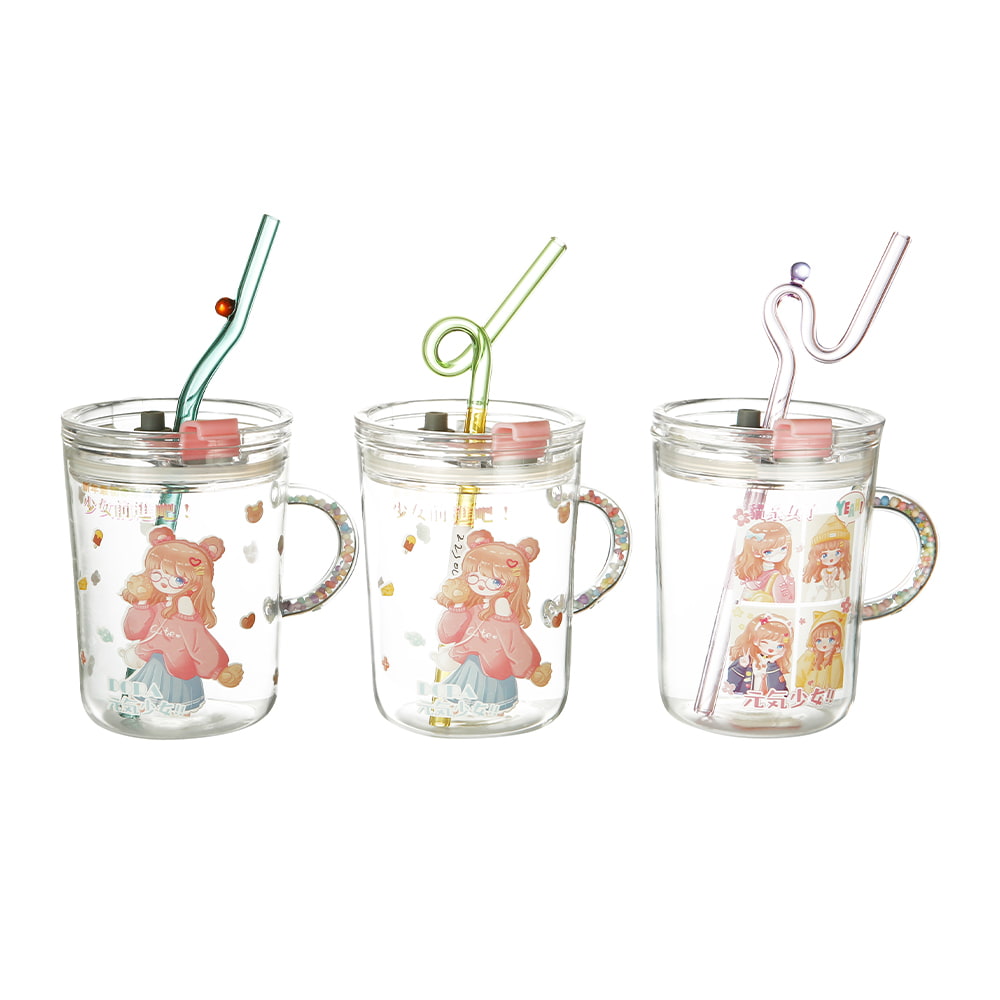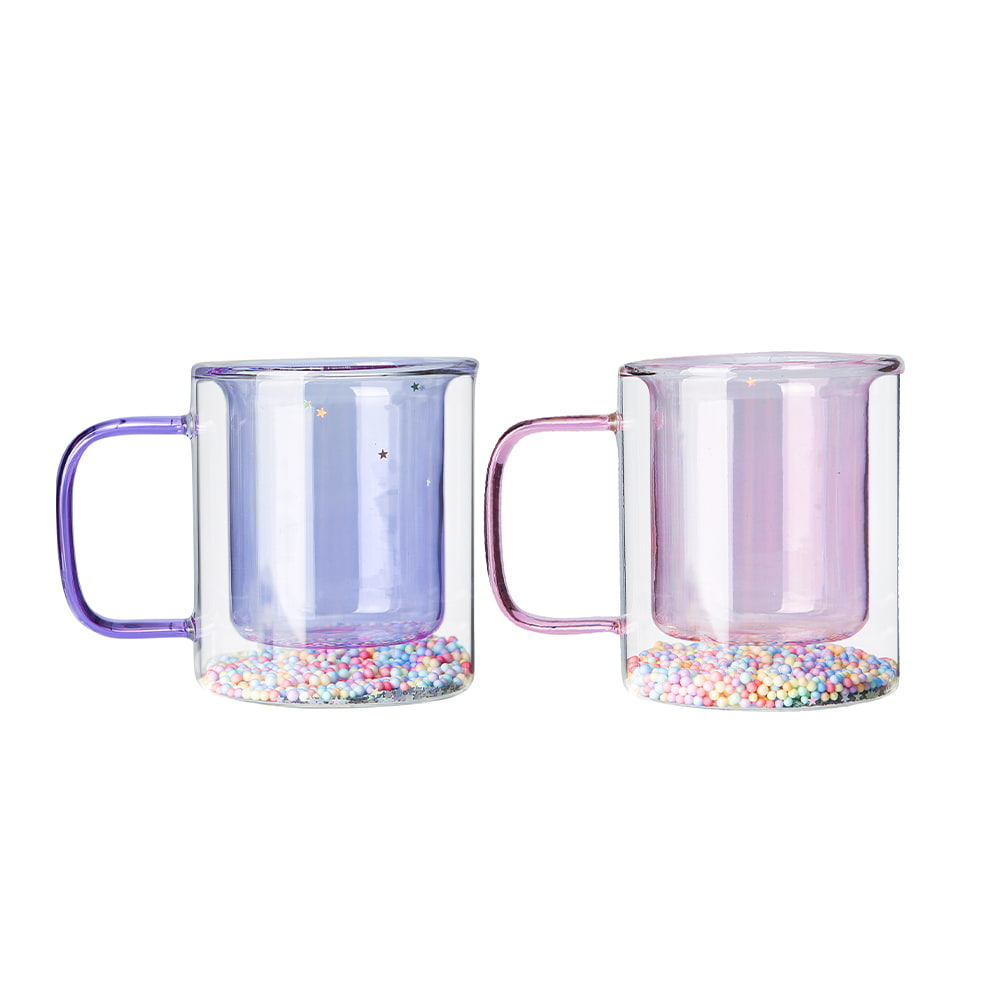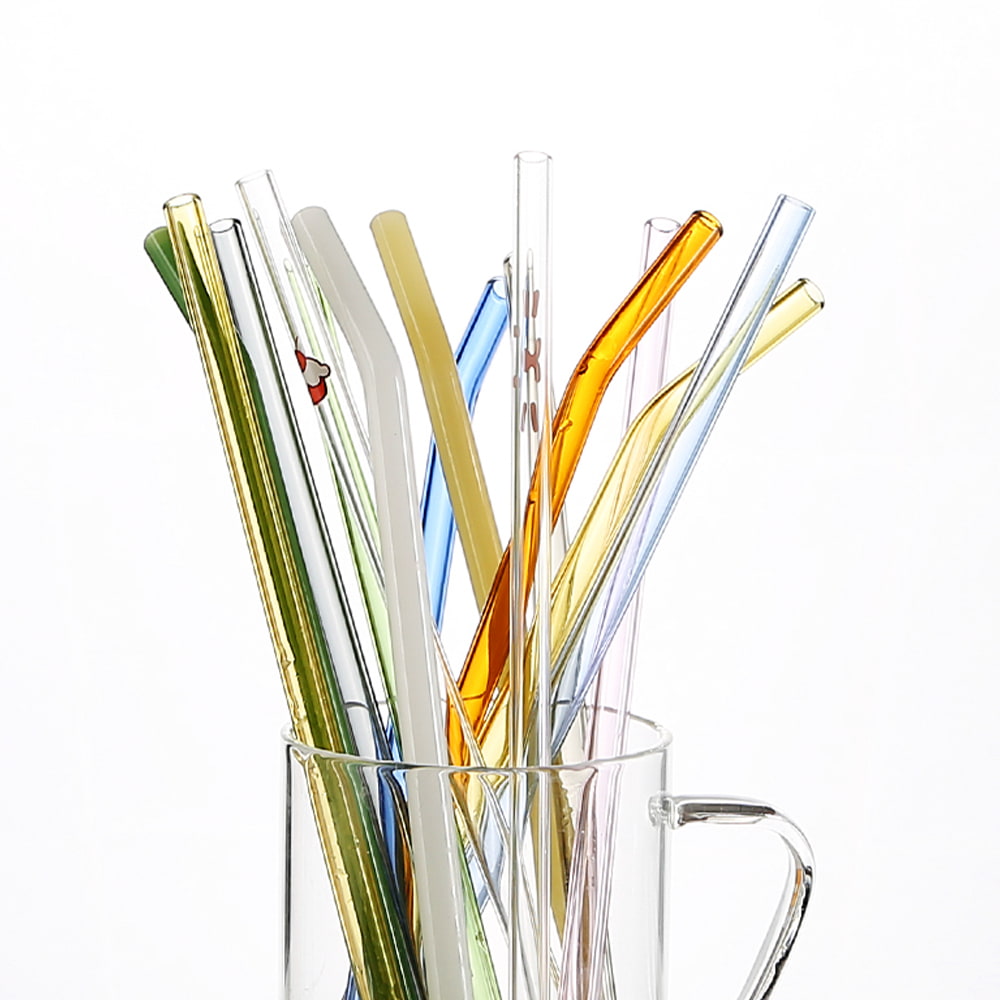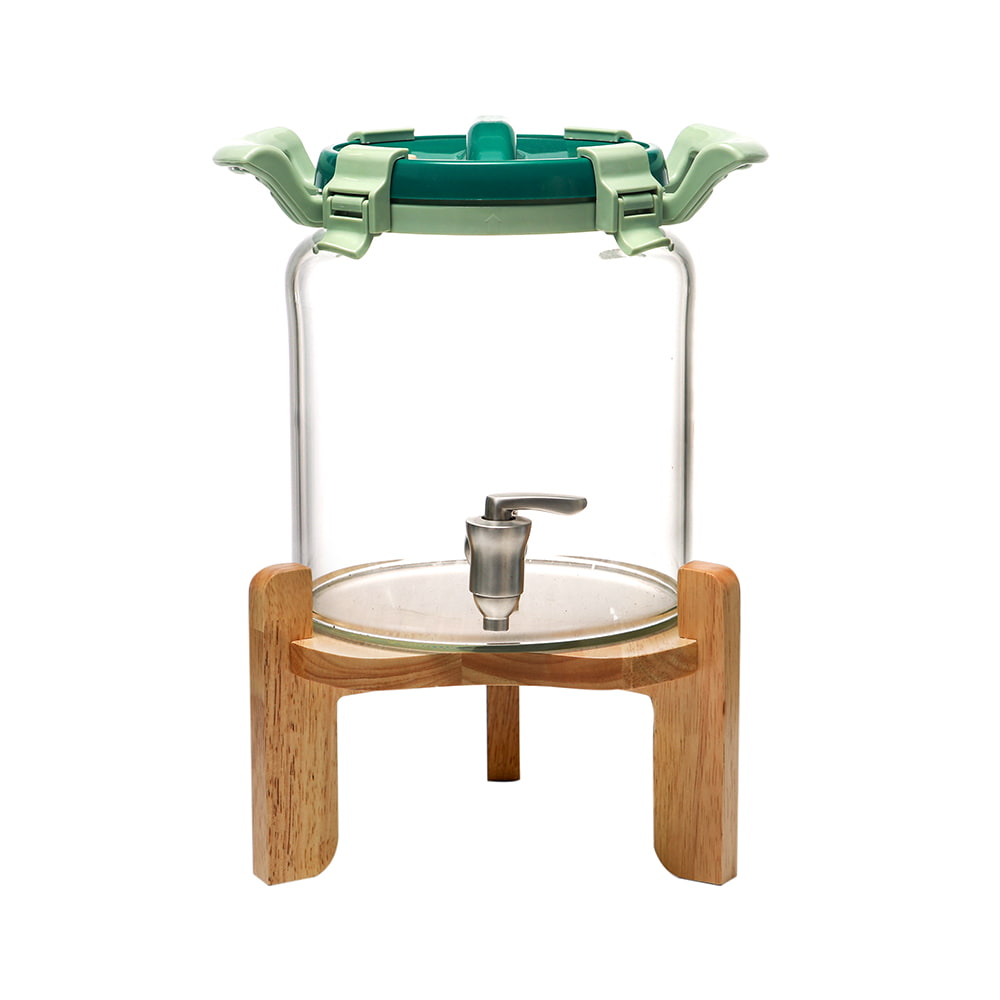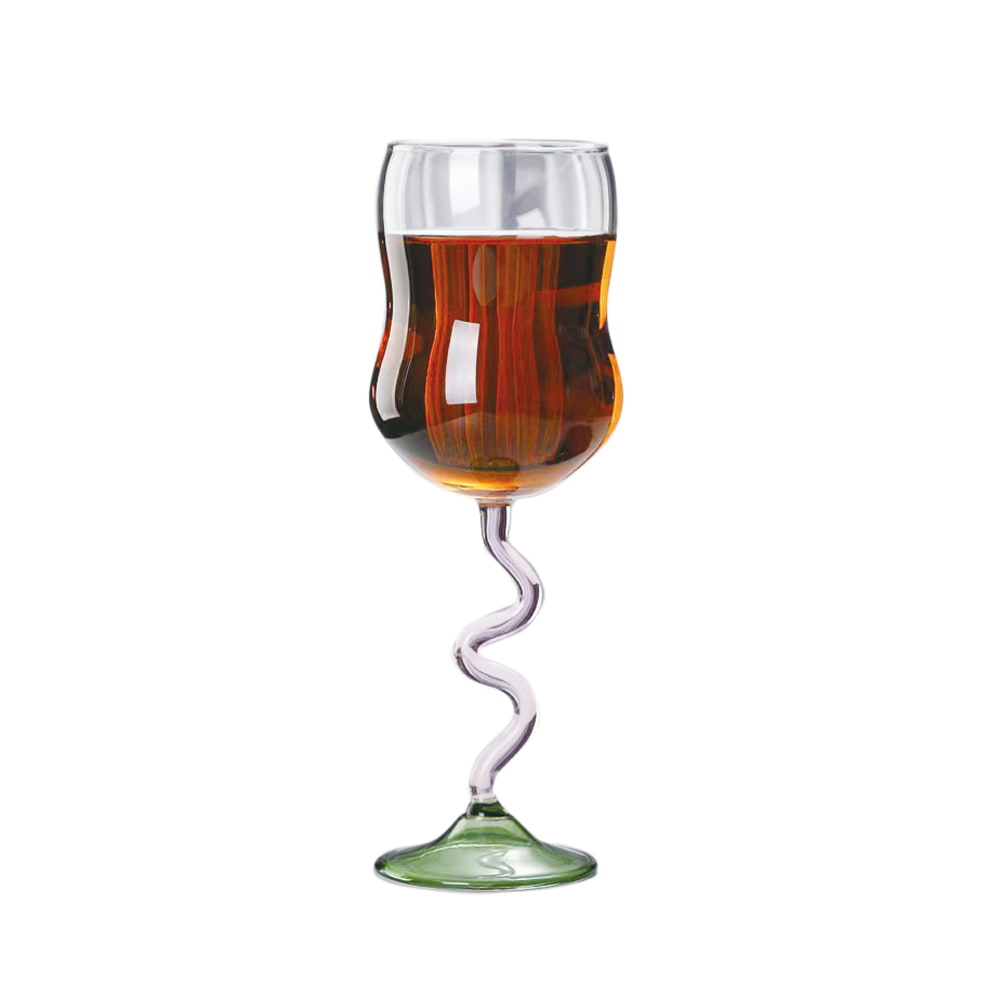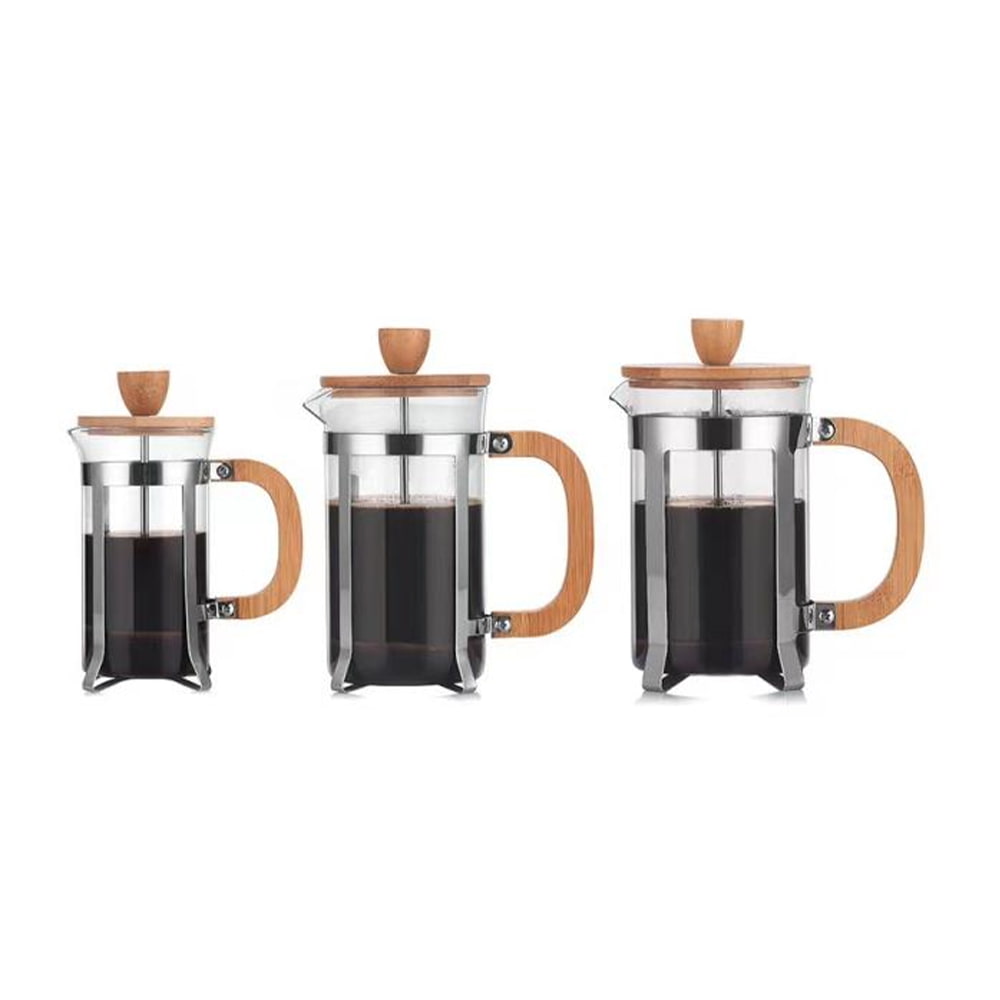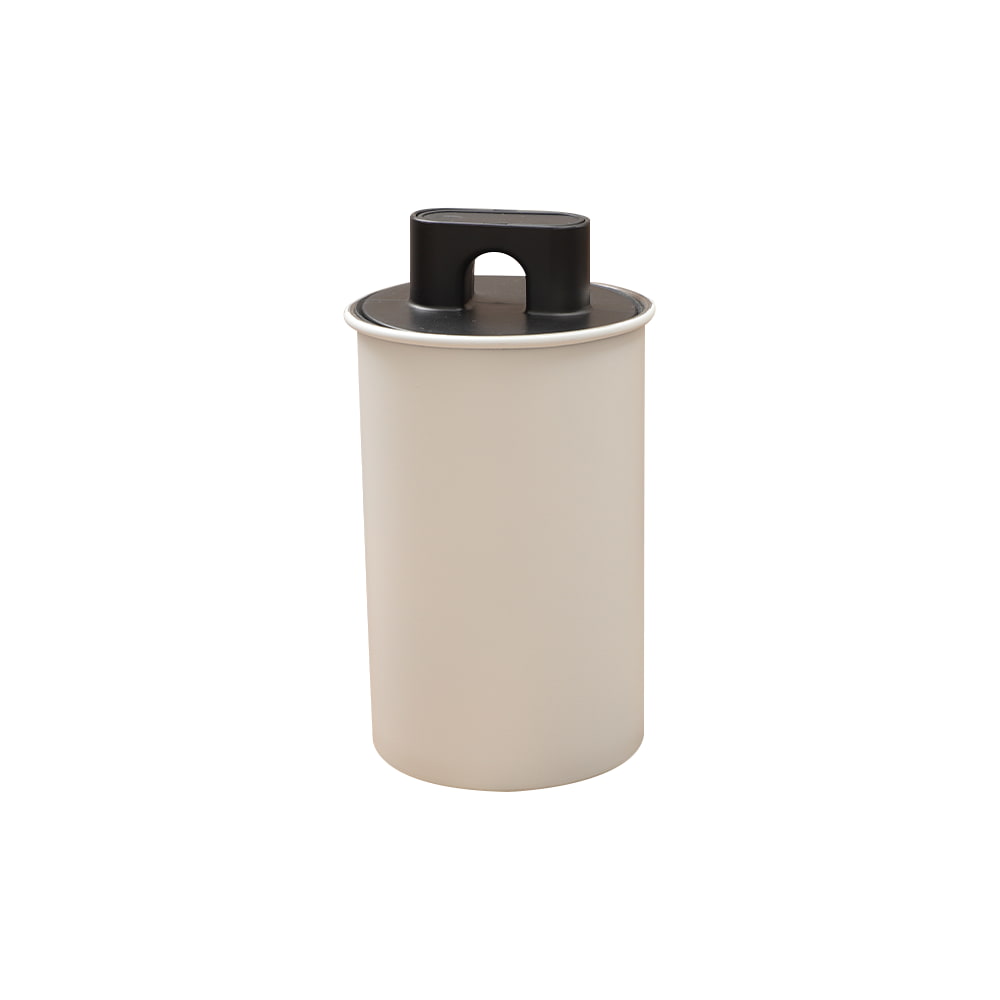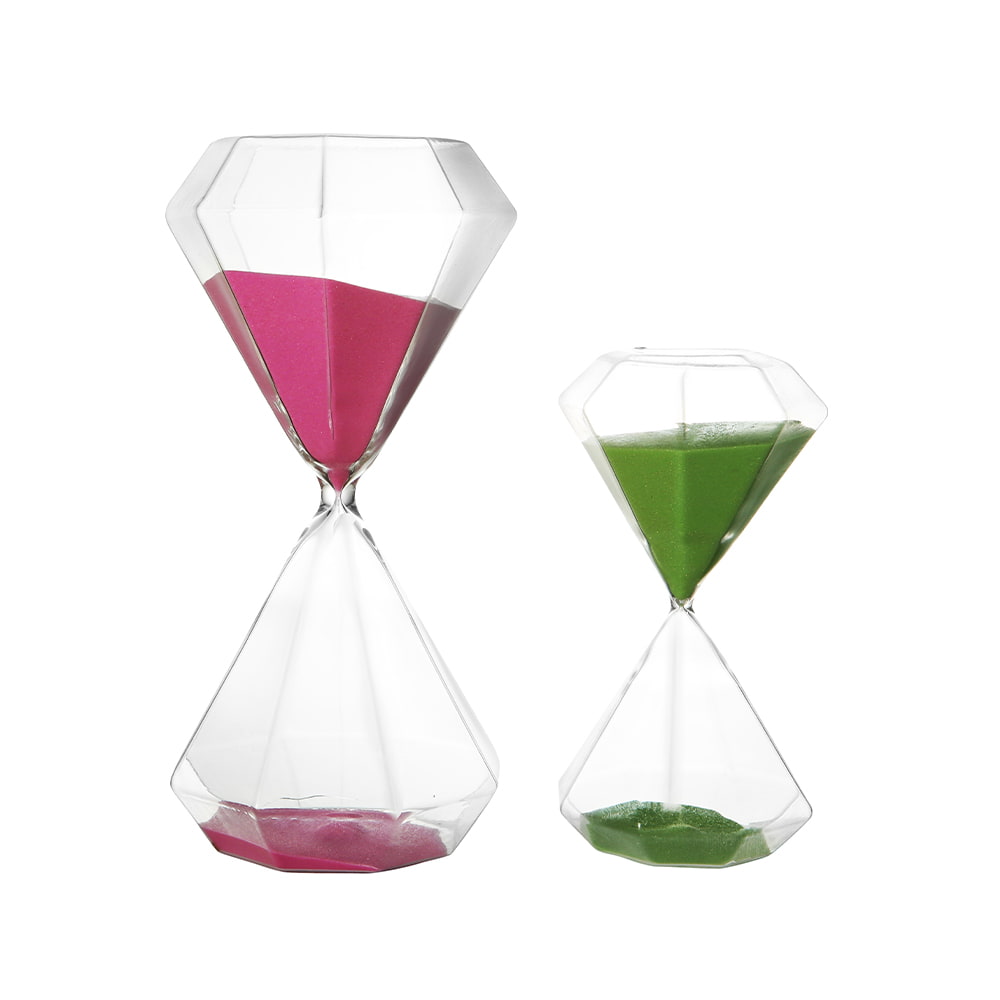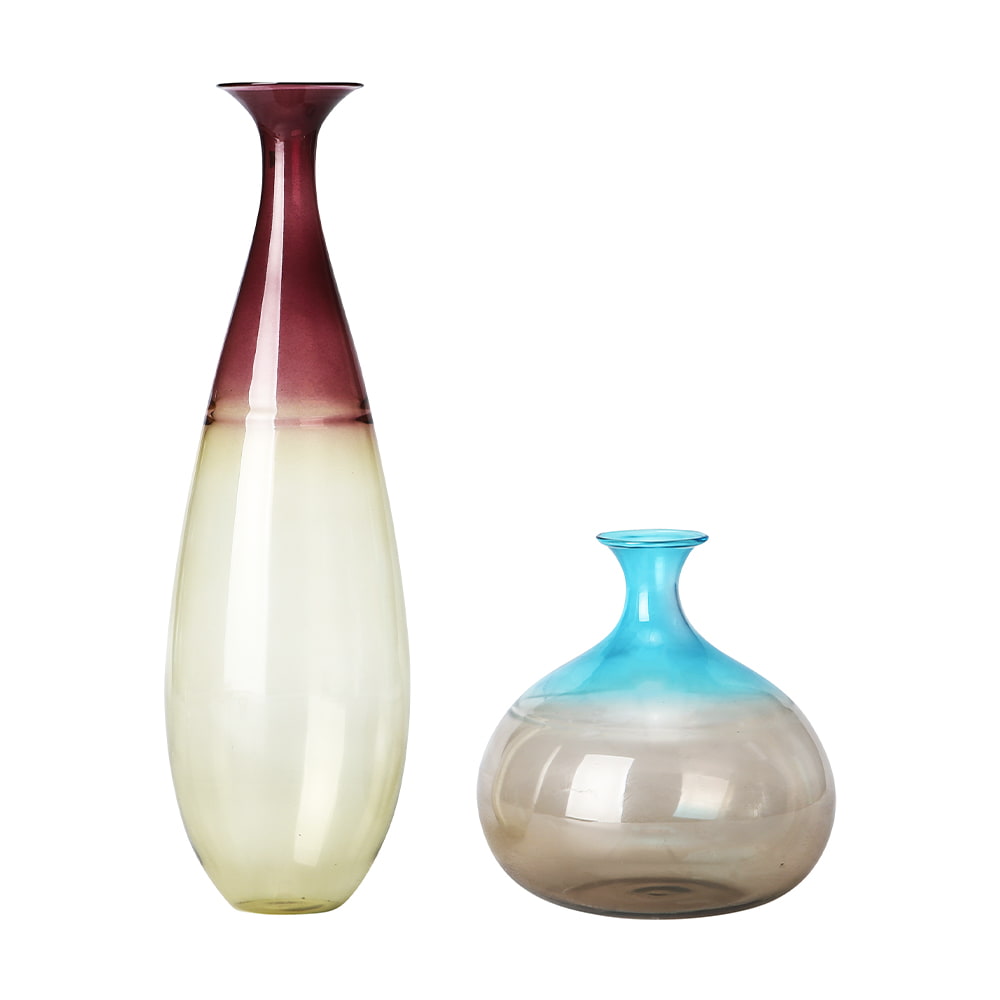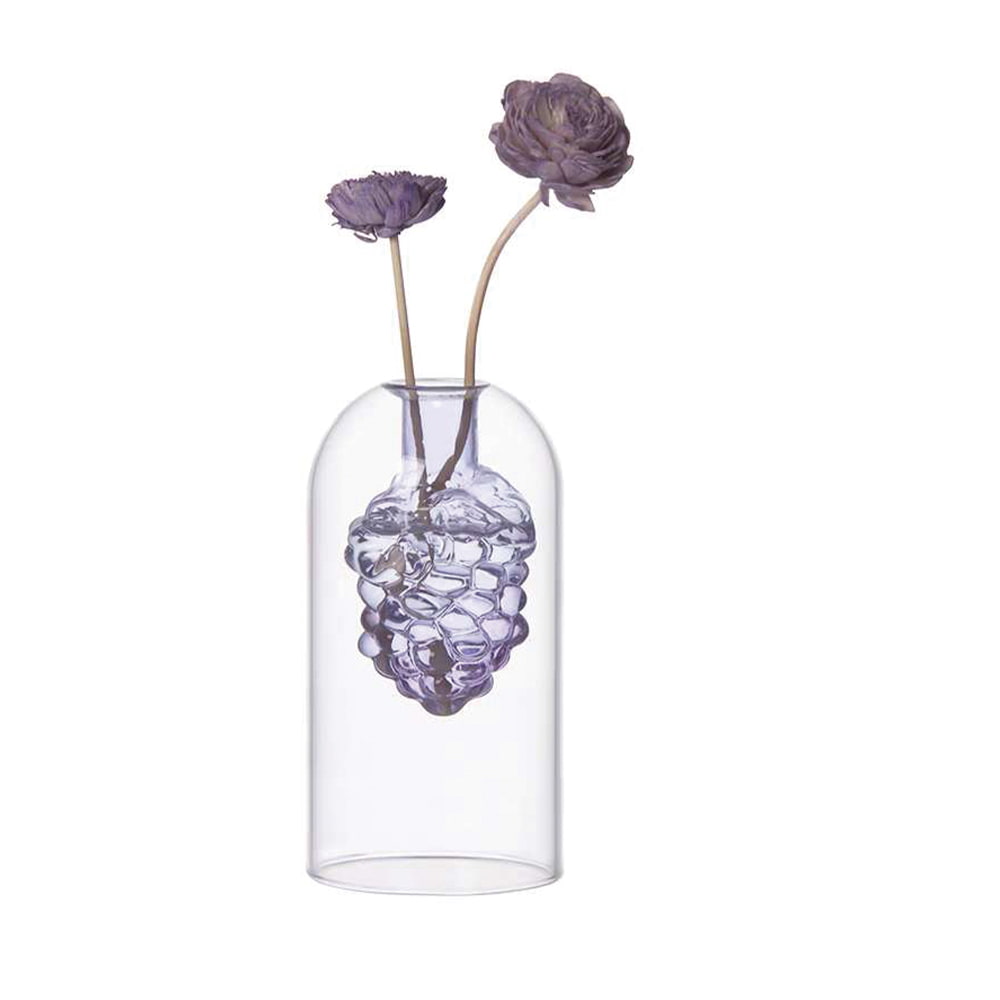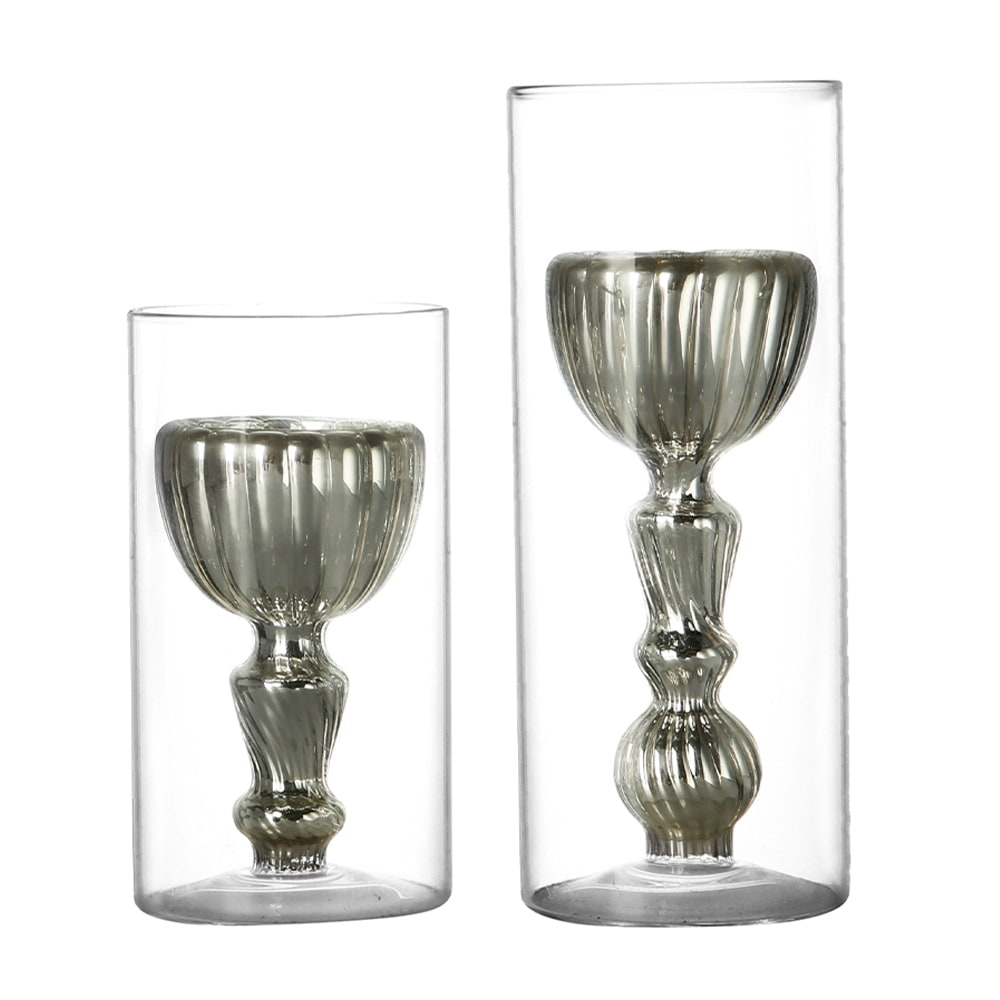The 137th Canton Fair!
 Language
Language



 Language
Language



+86-0514-8866-8898
+86-18083766162
E-mail


julia@nchousewares.com
Jack@nchousewares.com
Explore Other Products
A variety of glassware products for your choice.
 VIEW ALL
VIEW ALL
- Storage Jar
- Oil/Vinegar Bottle
- Condiment Jar
- Glass Drinkware
- Coffee Tools
- Glass Arts and crafts
About Us
Discover the stories behind the glassware.
Established in 1994, Yangzhou New Coordinate Household Articles Co., Ltd. as a
China kitchen glass storage containers manufacturers and kitchen glass storage containers factory
specializes in the production of kitchen cookware and storage containers, offering a range of products such as airtight jars, seasoning bottles, coolers, and water glasses. The company is organized and managed according to a modern enterprise management system, focusing on strengthening internal infrastructure and enhancing quality management, standardization, metrology, and statistical management. We adhere to scientific management as a prerequisite and technological progress as a foundation, continuously improving product quality and competitiveness. With reliable product quality and after-sales service, we aim to create a bright future together with our customers.-
0+ ㎡Advanced Plant
-
0Founded In
-
0+Internal Technical Staff
 READ MORE
READ MORE
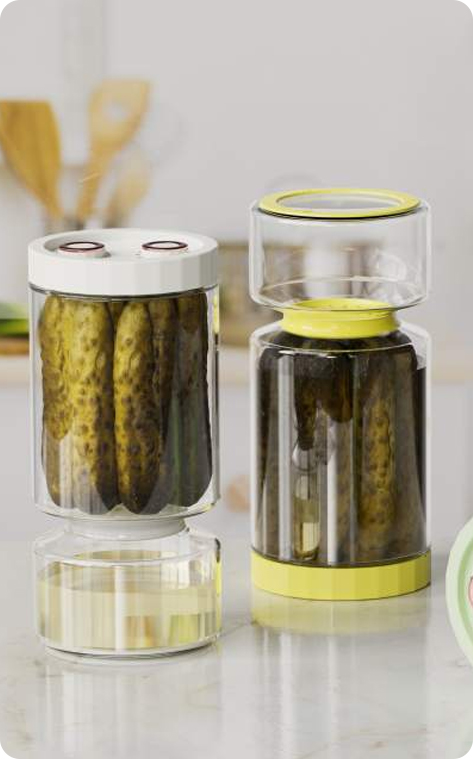

Design
Our design team is with you every step of the journey
from concept to creation.
We provide a wide range of wholesale and custom glass bottles and jars, offering up to 5000 different types to cater to your specific requirements.
Additionally, we have a fast mold tooling process that can complete your personalized mold within 10 days, enabling you to bring your products to the market promptly.
To accommodate your market and bottle preferences, we offer several decoration options and accessories and closures manufacturing to simplify your glass bottle wholesale business.
 CUSTOM GLASS BOTTLES
CUSTOM GLASS BOTTLES
Enterprise Strength
We use our strength to speak with quality.
Precision Manufacturing:
Our company is equipped with cutting-edge manufacturing technology and
automated production lines, which guarantee the efficiency of our production
processes and the uniformity of our products. We utilize sophisticated
molds and state-of-the-art melting techniques to achieve the precise
replication of intricate designs and the mass production of high-quality
finished goods.
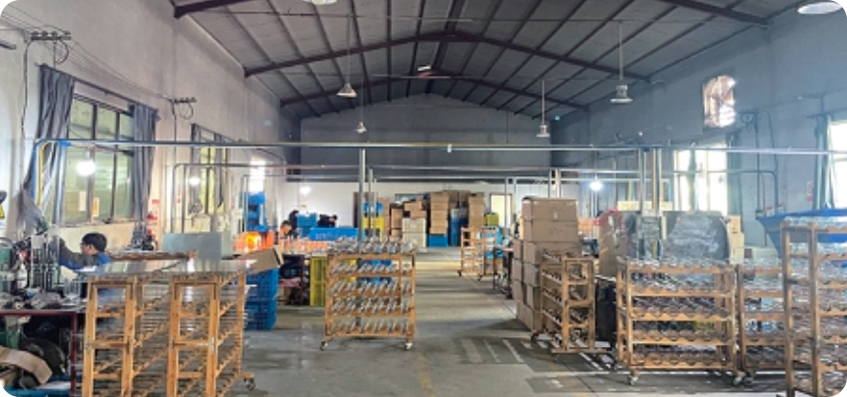
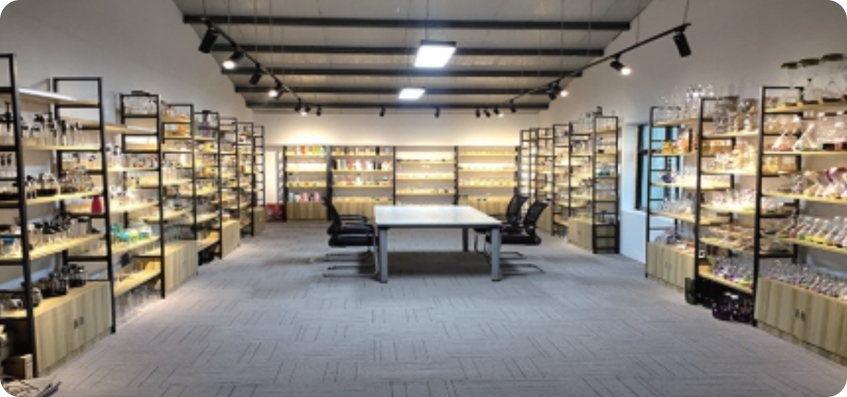
Commitment to Quality:
In terms of quality control, we have implemented a stringent quality
management system. Every stage, from the selection of raw materials to
the packaging of the final product, is subjected to meticulous inspection
and testing. We employ high-precision testing equipment to ensure that
our products meet high standards in terms of transparency, heat resistance,
and chemical resistance, which are critical performance indicators.
News
News Center
 VIEW MORE
VIEW MORE
 English
English  日本語
日本語  Deutsch
Deutsch  Español
Español 




